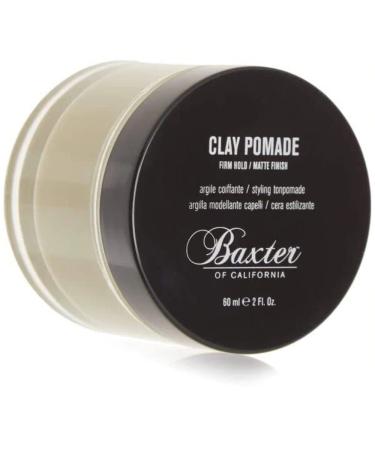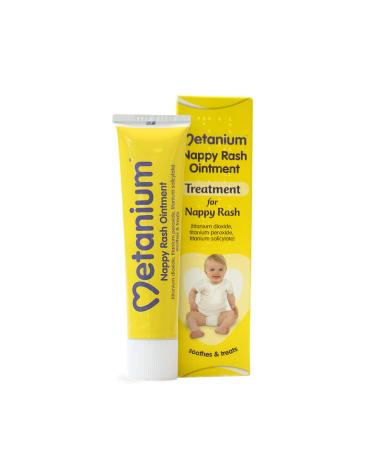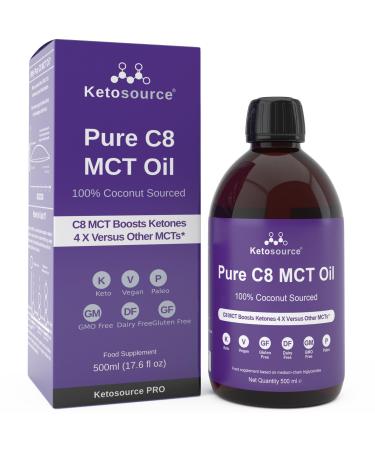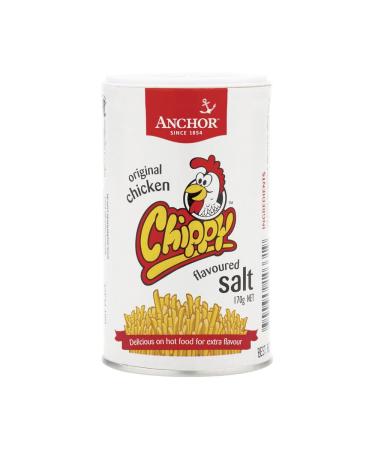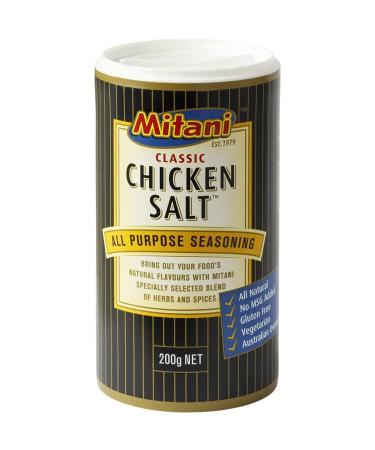Extruded complete and balanced dry cat food for adult cats
Why low-grain and hypoallergenic felicia?
To ensure that our lovely friends can be fed in accordance with their natural living conditions and live healthier lives, together with our nutritionists, we have prepared a special hypoallergenic formula with a reduced grain content.
Felicia, with highly digestible animal protein sources, was specially developed to address digestive and allergy sensitivities.
Free of beef, dairy, wheat, soy, potatoes, artificial sweeteners, dyes, chemical flavors, and GMOs, which are all associated with allergic reactions!
Felicia grain-free and hypoallergenic adult cat lamb
We know that our beloved companion is special and nutritionally sensitive.
Felicia adult lamb is specially formulated for our companions who cannot tolerate traditional protein sources and ingredients.
With this formula containing optimal protein from real lamb and the specific vitamins your cat needs, we are ready to meet your expectations in the best way possible.
Cranberry fruit, vitamins E C, help neutralize the harmful effects of free radicals.
Supports a longer lifespan. All Felicia formulas provide optimal nutrition.
Offer our furry friends a healthy and balanced diet with the highest quality ingredients.
Ingredients:
Dried lamb protein ('),
Hydrolyzed lamb protein ( ),
Baldo rice, corn, refined chicken oil,
Peas, anchovy meal, shrimp meal, brewer's yeast,
Anchovy oil, nucleotide yeast protein, minerals,
Prebiotic mannan oligosaccharides, seaweed,
Yucca extract, cranberry powder, psyllium.
Analytical components:
Protein: 33
Fat content: 15
Crude ash: 8
Crude fiber: 2.5
Omega-6: 3.7
Omega-3: 0.75
Vitamins and other supplementary ingredients:
Vitamin A (E672): 25,000 IU kg
Vitamin D3 (e671): 1,500 IU kg
Vitamin E (3a700): 150 mg kg
Vitamin C: 25 mg kg
Niacin (3a314): 50 mg kg
Taurine: 2,200 mg kg
Copper (as sulfate) (e4): 18 mg kg
Zinc (as sulfate) (e6): 95 mg kg
Zinc (as chelate) (e6): 20 mg kg
Manganese (as sulfate) (e5): 30 mg kg
Selenium (as selenite) (e8): 0.3 mg kg
Transition process when changing food:
You should always transition your pet to a new food gradually.
Changing your food suddenly can cause health problems in your pet.
It is important to gradually mix the new and old food so that the digestive system and metabolism can adapt to the new feeding pattern.
This gradual transition will help reduce the likelihood of stomach upset and
developing stomach problems following the food change.
To prevent your pet from having trouble adapting to a new habit,
You should start introducing the new food gradually over a week.
You should increase the amount of new food and decrease the amount of old food each day.
You should never add homemade food to the diet when switching to a new food.
For your pet that is fussy about food,
Try feeding the new food from your hand like a treat.
Always have clean, fresh water available alongside the food.
Your pet should not be left hungry when introducing a new food.
When introducing a new food, constantly check your pet's stool,
energy level, and signs of possible allergies and gastrointestinal distress.
First 3 days: 25 new food, 75 old food
Second 3 days: 50 new food, 50 old food
Third 3 days: 75 new food, 25 old food
Fourth 3 days: 100 new food




